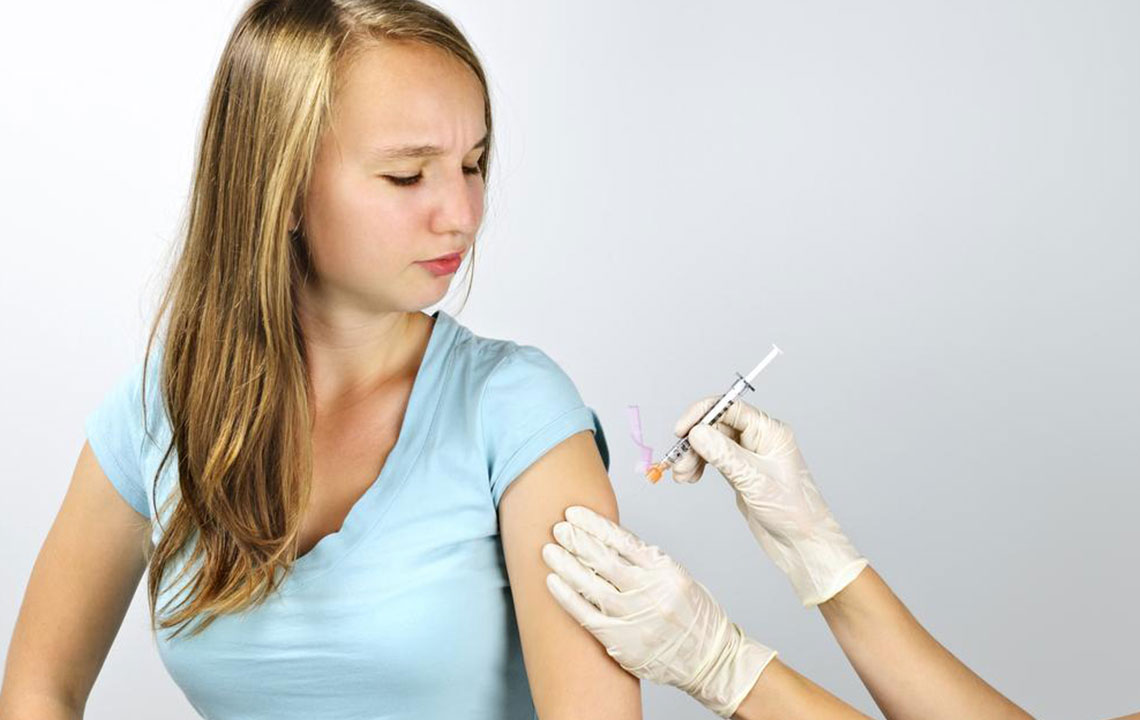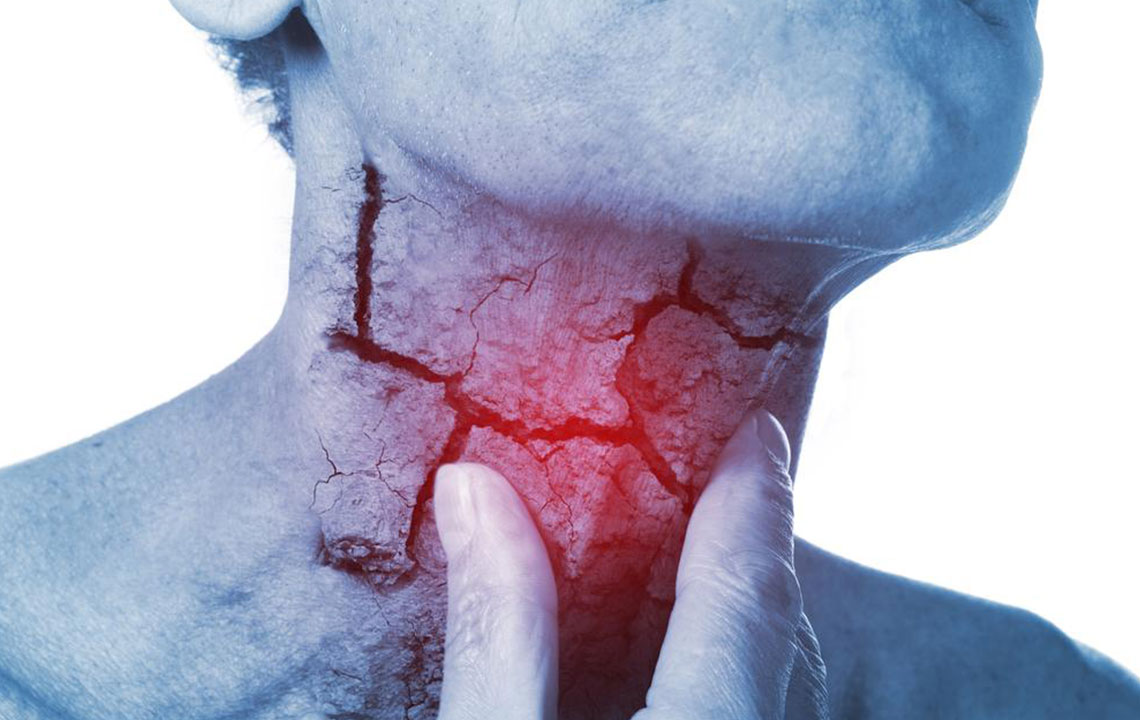Understanding HPV-Related Cancers: Causes and Prevention
This article explores the link between HPV infections and various cancers, emphasizing transmission, risk factors, and prevention strategies. It provides insights into common HPV-related cancers like cervical and oral cancers, along with treatment options and the importance of early medical intervention for managing symptoms and preventing disease progression.
Sponsored

Human papillomavirus (HPV) spreads through skin-to-skin contact, making it one of the most prevalent sexually transmitted infections worldwide. With over 150 different types, many individuals remain asymptomatic, although some strains can cause skin warts or pre-cancerous growths that may develop into cancer if untreated. HPV can affect areas such as the mouth, genitals, and anal region, leading to various cancers.
Transmission typically occurs during oral, anal, or vaginal sexual activities. In women, HPV can cause cancers affecting the vagina and cervix, while in men, it may impact the penis and anal areas. Types like HPV-16 and HPV-18 are high-risk strains linked to malignant transformations, although low-risk types like HPV-6 and HPV-11 cause benign warts.
Most healthy individuals clear the infection naturally, but persistent infections can cause long-term health issues, including pre-cancerous lesions.
Types of HPV-induced cancers
Oral cancers include cancers of the mouth, tongue, and the middle throat region, often influenced by changes in sexual habits.
Cervical cancer is the most common HPV-related cancer, with approximately 70% caused by HPV-16 and HPV-18. Smoking further elevates risk due to immune suppression.
Preventing and managing HPV-related cancers involves vaccination, which can prevent infection but cannot treat existing cases. Medical treatment aims to address symptoms and remove pre-cancerous lesions through techniques such as cryotherapy, surgical removal, topical medications, or electrosurgical procedures. Early consultation with an oncologist is essential when symptoms appear, to prevent progression to cancer.






